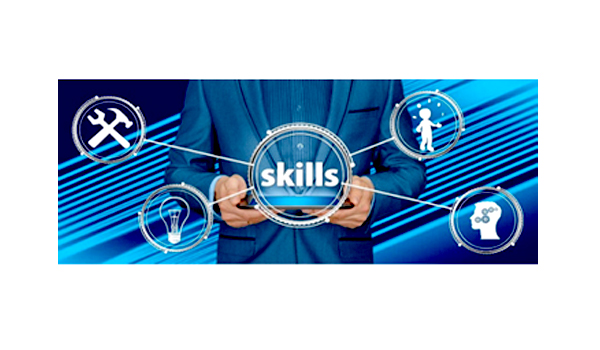Online Learning
Online learning is the process of gaining skills and knowledge through digital platforms or the web.
Updated: December 12, 2023

Online learning is the process of gaining skills and knowledge through digital platforms or the web.
Methods like pre-recorded lectures, live video classes, and collaborative, interactive assignment are generally used for this. Online classes are used by students in the COVID-19 pandemic for its flexibility to complete state schooling requirements, acquire new professional skills, or learn for the sake of learning.
Schools, training programs, and course creators can produce and publish online courses and other digital educational materials with online learning platforms. Educators can also monitor student progress toward completion and performance with these platforms.
Synchronous, Asynchronous, Blended learning and Massive open online courses (MOOCs) are different types of online learning. Flexibility, Customization, Affordability and Accessibility are some of the benefits of online learning.
Students must engage with the material to get the most out of online learning and achieve their educational goals. They should establish a routine, ask questions, stay organized and take breaks while learning online. Short stretch breaks between classes and study sessions should be taken by students to stay alert and refreshed as spending extended time in front of a screen causes strain and fatigue. A centralized organizational app or calendar software may be needed for students who use multiple platforms at once. Some online learning platforms also offer reminders and notifications.
Types of online learning
- Synchronous Learning
- Asynchronous Learning
- Blended Learning
- Flipped Classroom
- Microlearning
- Massive Open Online Courses (MOOCs)
- Mobile Learning (mLearning)
- Gamification
- Virtual Classrooms
- Social Learning



